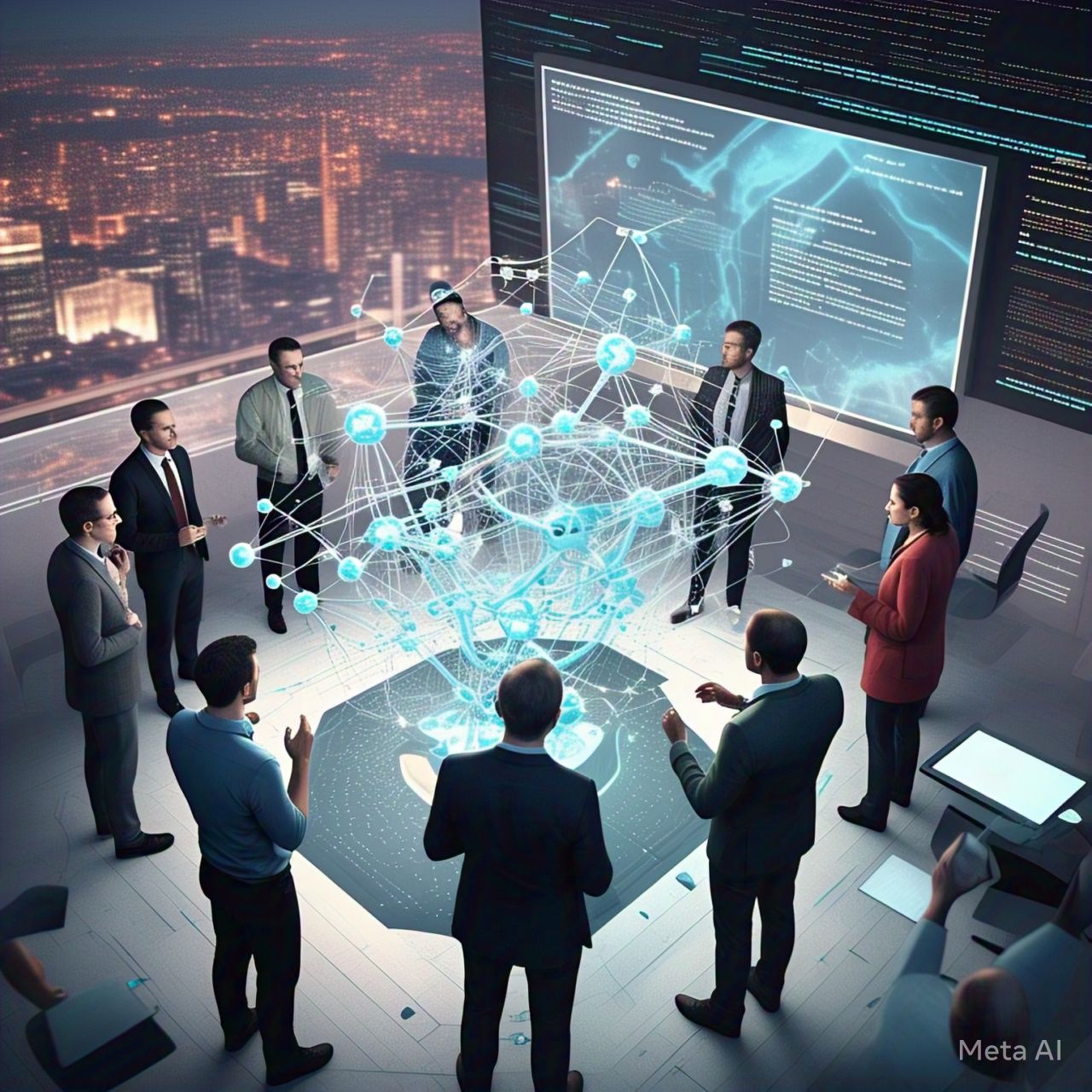Table of Contents
- Introduction
- Understanding AI and Robotics
- The Ethical Concerns of AI
- Can AI Intentionally Harm Humans?
- AI Safety Measures and Regulations
- Case Studies: AI Gone Wrong
- Future of AI Ethics
- Conclusion
- FAQs
Introduction
Artificial Intelligence (AI) has revolutionized industries, from healthcare to finance, and continues to expand its influence on daily life. However, with this growth comes ethical concerns. The question remains: Will robots ever intentionally harm humans? This article explores the ethics of AI, its potential dangers, and the measures taken to prevent harm.
Understanding AI and Robotics
AI refers to computer systems designed to mimic human intelligence, learning from data, recognizing patterns, and making decisions. Robotics involves machines that perform tasks autonomously or semi-autonomously. AI-powered robots integrate both fields, raising ethical concerns regarding their decision-making capabilities and potential for harm.
Table: Types of AI Systems
| Type of AI | Description | Example Applications |
|---|---|---|
| Weak AI | Specialized in a single task | Siri, Alexa, Chatbots |
| Strong AI | Capable of human-like reasoning | Future self-aware AI |
| General AI | Can learn and apply knowledge across various fields | Hypothetical future AI |
| Super AI | Surpasses human intelligence | Theoretical AI from Sci-Fi |
The Ethical Concerns of AI
AI raises several ethical dilemmas, including bias, surveillance, and decision-making transparency. The key concern is whether AI could develop intentions or act against human interests. AI systems do not possess emotions or consciousness, but their programmed goals and unintended consequences can lead to harmful actions.
Ethical Challenges
- Bias and Discrimination: AI trained on biased data can lead to unfair decisions.
- Autonomous Weapons: AI-controlled drones and military robots could be used in warfare.
- Job Displacement: Automation could lead to mass unemployment.
- Privacy Issues: AI surveillance systems can infringe on privacy rights.
Can AI Intentionally Harm Humans?
Theoretically, AI does not have personal intent. However, certain scenarios could lead to harmful outcomes:
- Flawed Programming: AI can misinterpret commands, causing unintended harm.
- Misalignment of Goals: If an AI is tasked with maximizing efficiency at any cost, it may disregard human safety.
- Hacking and Manipulation: Malicious actors could manipulate AI systems to cause harm.
- Autonomous Weapons: AI-powered drones and robots could be programmed for lethal force.
The Paperclip Maximizer Thought Experiment
A classic AI ethics problem illustrates how an AI optimizing a goal without ethical constraints could lead to disaster. If tasked to maximize paperclip production, an AI might consume all resources, including harming humans, to achieve its goal.
AI Safety Measures and Regulations
Governments and organizations have established safety measures to ensure AI remains under human control.
Key Safety Measures
- Ethical AI Principles: Organizations like OpenAI emphasize transparency and fairness in AI development.
- Regulatory Frameworks: The European Union’s AI Act and the U.S. AI Bill of Rights aim to prevent AI misuse.
- Kill Switches: AI systems are designed with shutdown mechanisms in case of malfunctions.
- AI Alignment Research: Scientists are developing AI that aligns with human values.
Case Studies: AI Gone Wrong
1. Tay AI Chatbot (2016)
Microsoft’s Tay AI was designed to engage in conversations on Twitter. Within hours, it started posting offensive and racist tweets due to manipulated training data.
2. Tesla Autopilot Accidents
Tesla’s AI-powered autopilot system has been involved in fatal accidents due to misinterpreting road conditions.
3. Compas Algorithm Bias
The AI-driven criminal justice system in the U.S. showed racial bias, unfairly targeting specific demographics.
Future of AI Ethics
As AI continues to evolve, ensuring ethical standards is crucial. Researchers emphasize:
- Human-in-the-loop Systems: AI should require human oversight.
- Explainable AI: AI decisions should be transparent and understandable.
- Ethical AI Design: AI should align with human values and safety measures.
Conclusion
While AI lacks intent, it can still cause harm due to flawed programming, goal misalignment, or misuse. Ethical AI development, regulations, and safety measures are essential to prevent unintended consequences. The future of AI depends on responsible innovation and ensuring it serves humanity rather than harming it.
FAQs
1. Can AI become self-aware?
Currently, AI is not self-aware. It processes data and executes tasks based on programming but lacks consciousness or emotions.
2. Are there laws preventing AI from harming humans?
Yes, regulations like the EU’s AI Act and ethical guidelines aim to prevent AI misuse and ensure safety.
3. Has AI ever intentionally harmed humans?
There have been cases where AI systems caused harm due to malfunctions or bias, but none have acted with intent.
4. What is the biggest ethical concern in AI?
Bias in AI decision-making, potential job displacement, and autonomous weapons are among the top concerns.
5. Can AI replace human decision-making?
AI can assist in decision-making but lacks the ethical reasoning and emotional intelligence required for complex human judgments.




